
Do I Half to Do It?
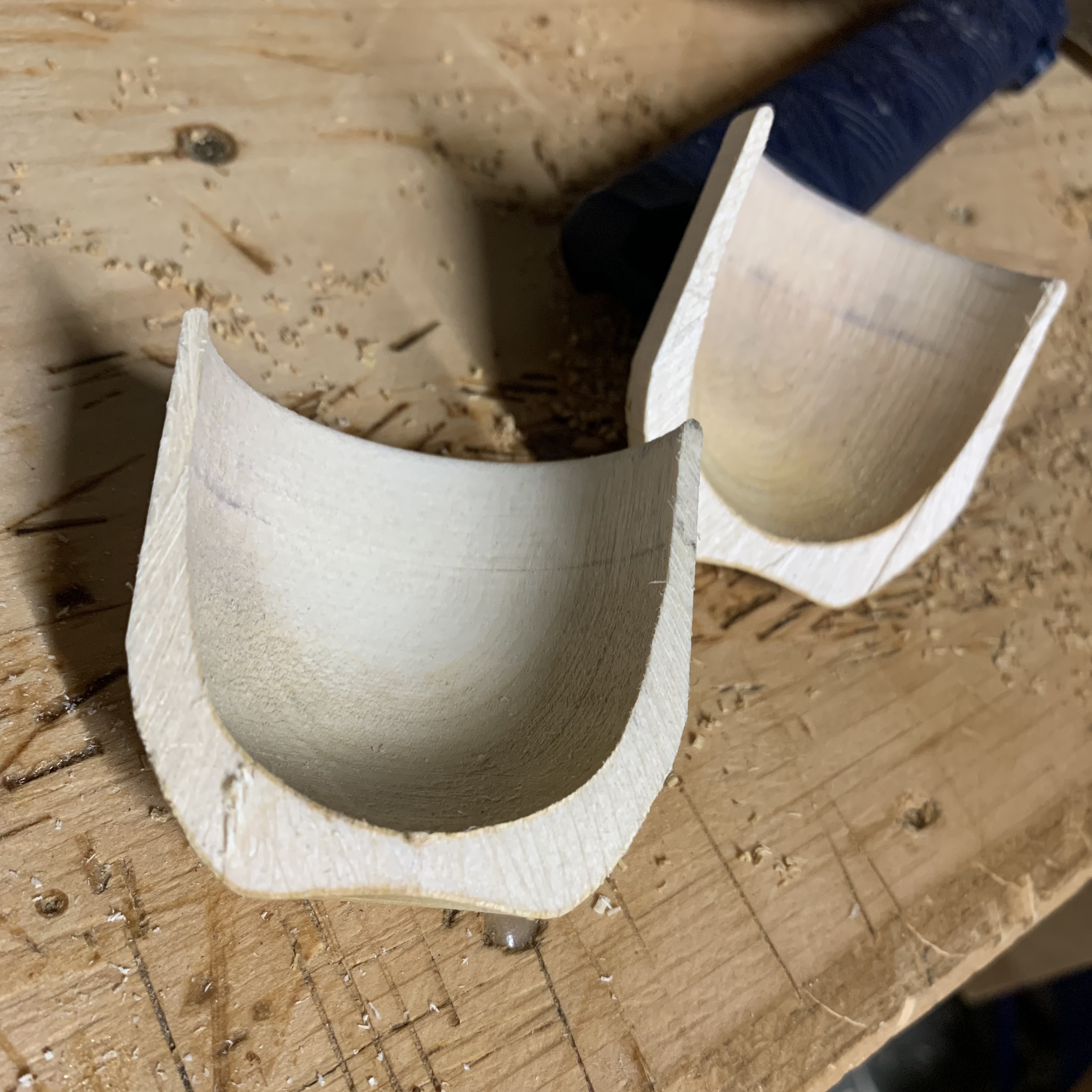
Should you cut your work in half? In her latest blog post, Mary Tripoli writes about how she's become a better woodturner by dissecting the bowls and cups she's made.
Resident Artisans have several opportunities to assist in classes over the course of our time here. Last week I got to help out Jarrod Dahl in pole lathe and electric lathe bowl turning. Over four days students were encouraged to cut at least one bowl in half. Gasps! I have turned a lot of bowls on my pole lathe and more recently on my electric lathe, but I haven’t been in the habit of cutting work in half.
This past weekend I turned a pole lathe bowl, and four smaller bowls on the electric lathe. And guess what? I cut them ALL in half. You can look at a bowl from the outside and think, oh that looks nice in profile, but you don’t really understand what’s going on until you see the bowl’s cross-section.
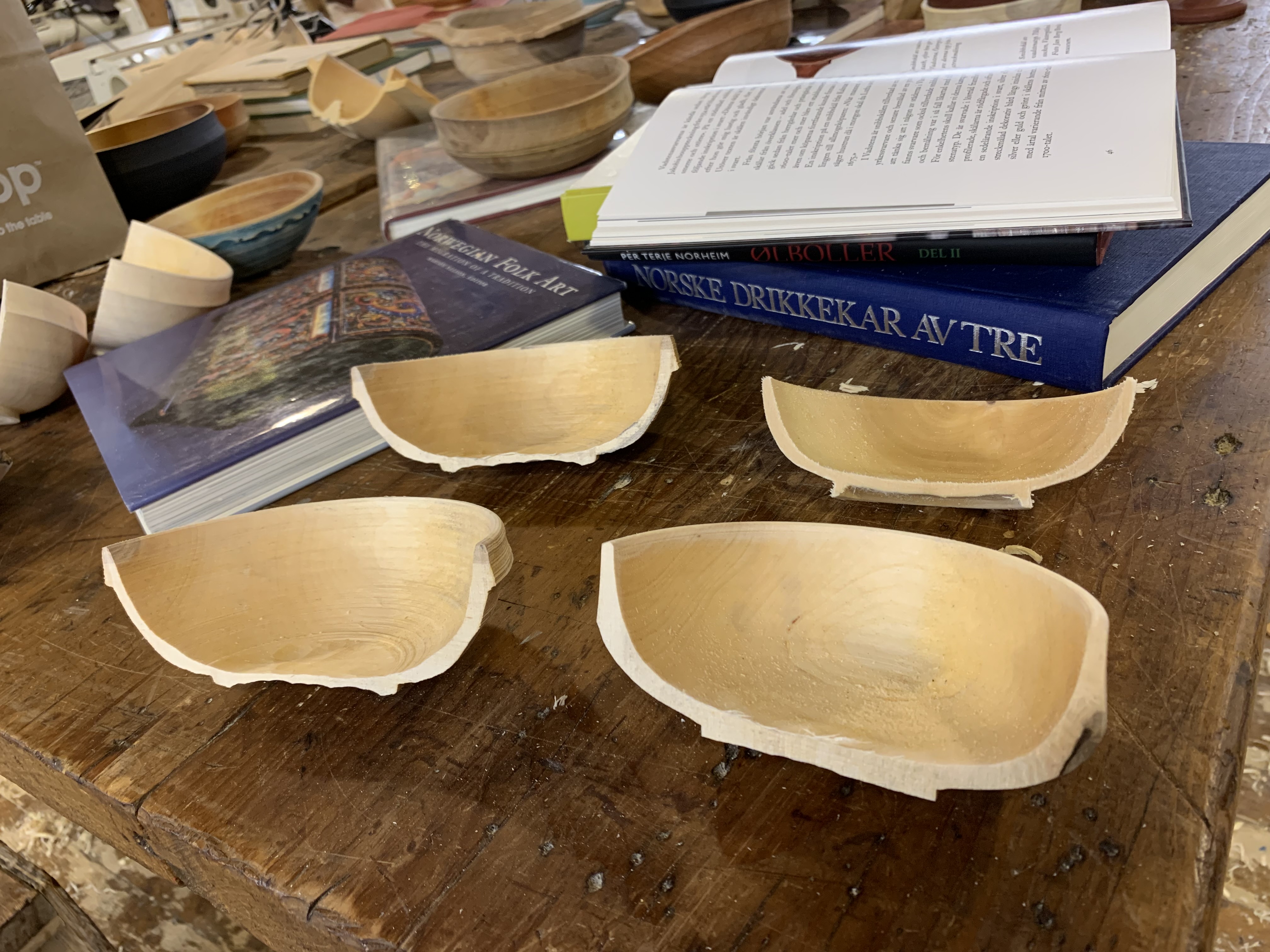
Last night, I took a bowl that I liked and sawed it in half. I like the outside of this bowl. It has high sides and as it dried, it warped in a pleasing way. I think the foot didn’t turn out quite right. Using my fingers, I can tell the sides are a little thick. Let’s cut it in half!
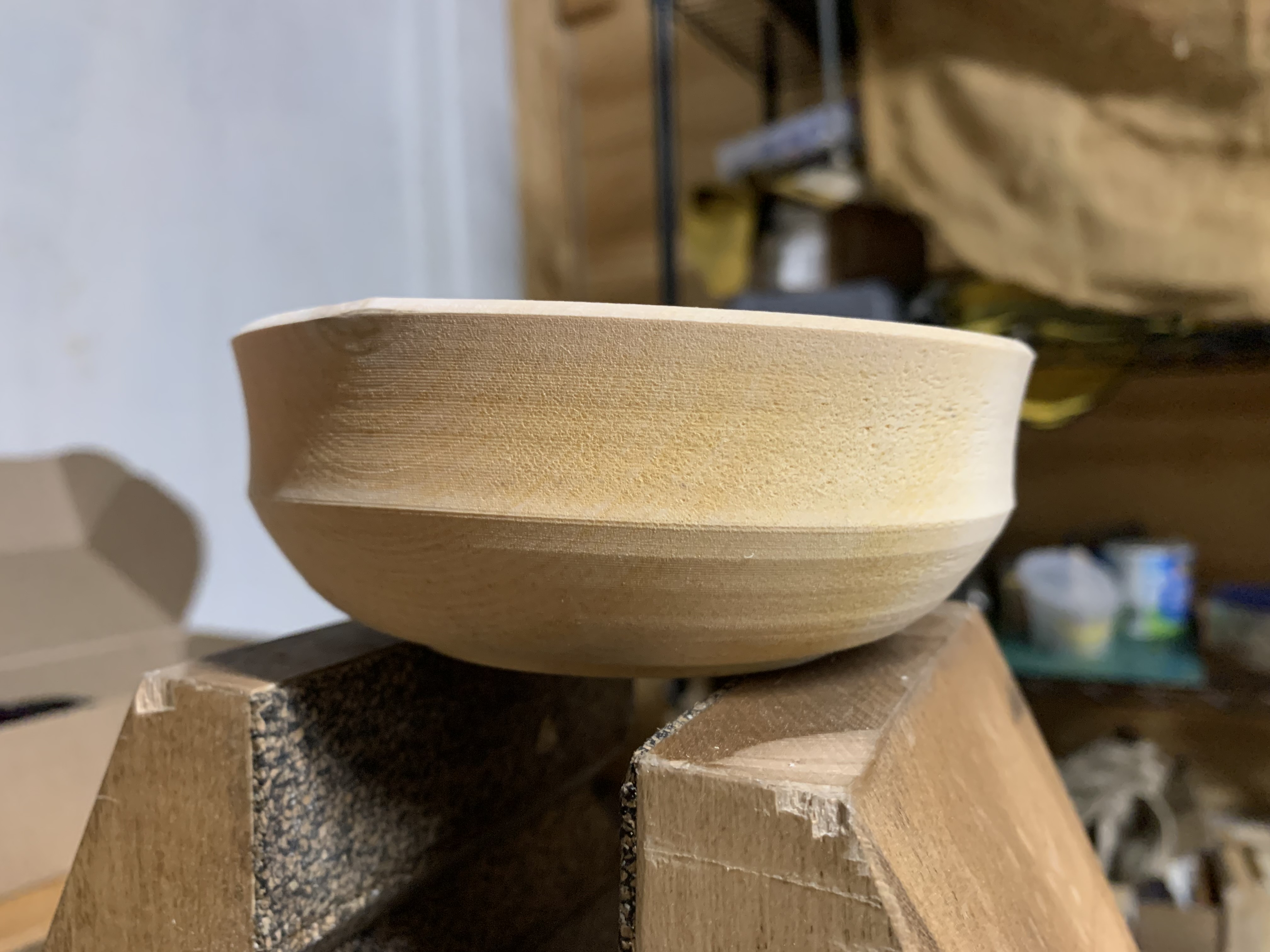
You can see the pencil marks I made where I think I could have turned the inside a little more to make the inside shape a little more curved (rather than straight inside walls). It doesn’t NEED to match the outside profile, but just a little more curviness to the inside would make it more pleasing and less weighty at the bottom. And I was right about the foot. A taller and smaller foot would lift the bowl up a little bit and make the bowl a little lighter looking. The shape of the foot could be more defined as well. Also, the very bottom was too thin. I guessed this without cutting it in half, but actually seeing the curves and imperfections in cross-section confirms my thoughts, and it will help me visualize and work on these aspects on my next bowl.
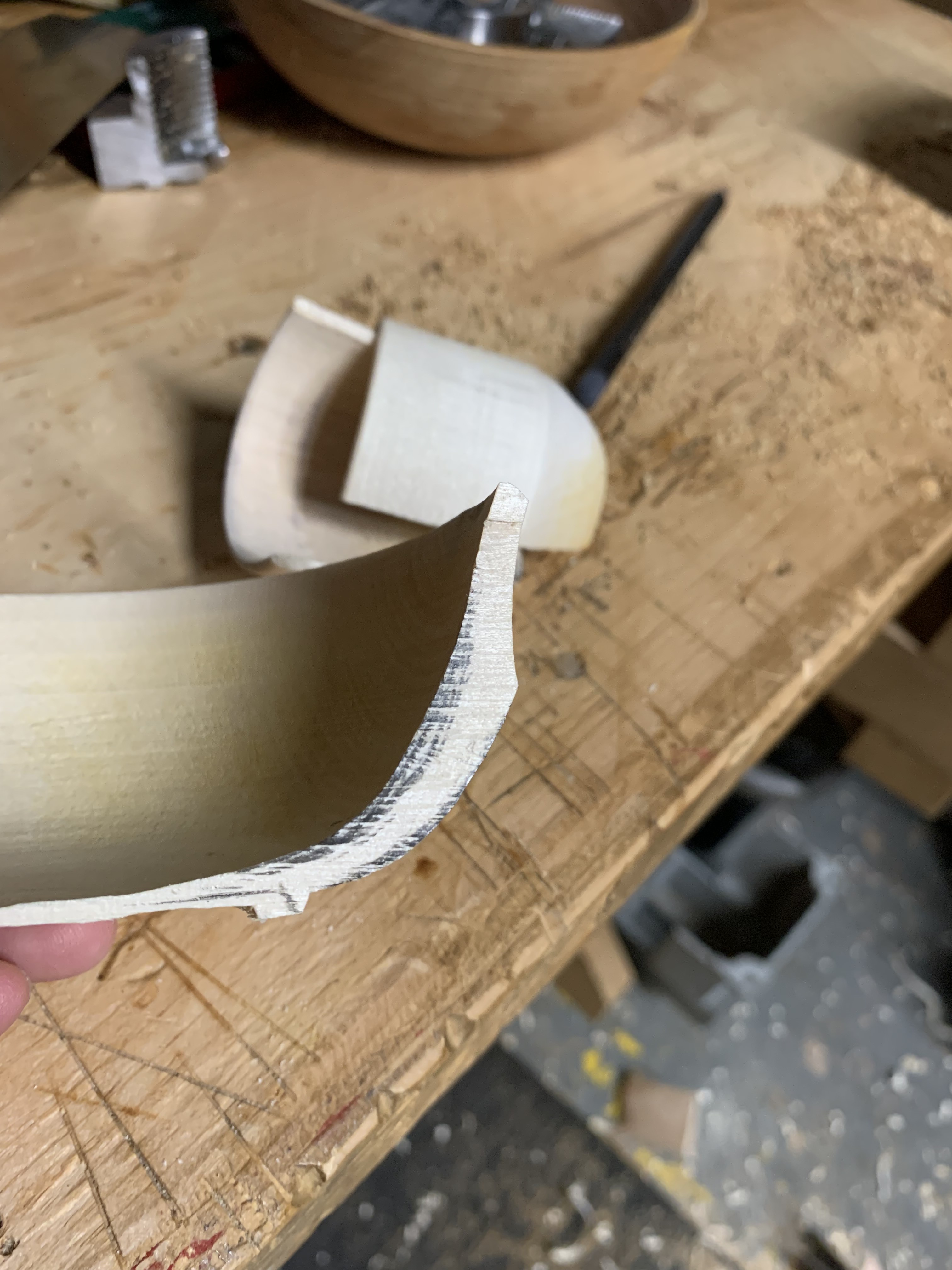
After practicing a few new techniques and using different turning tools I don’t usually have access to, I knew my fourth bowl in class was better than the others. I was surprised that I actually WANTED to take it to the band saw. I needed to see if my practice improved over the weekend. And it did!
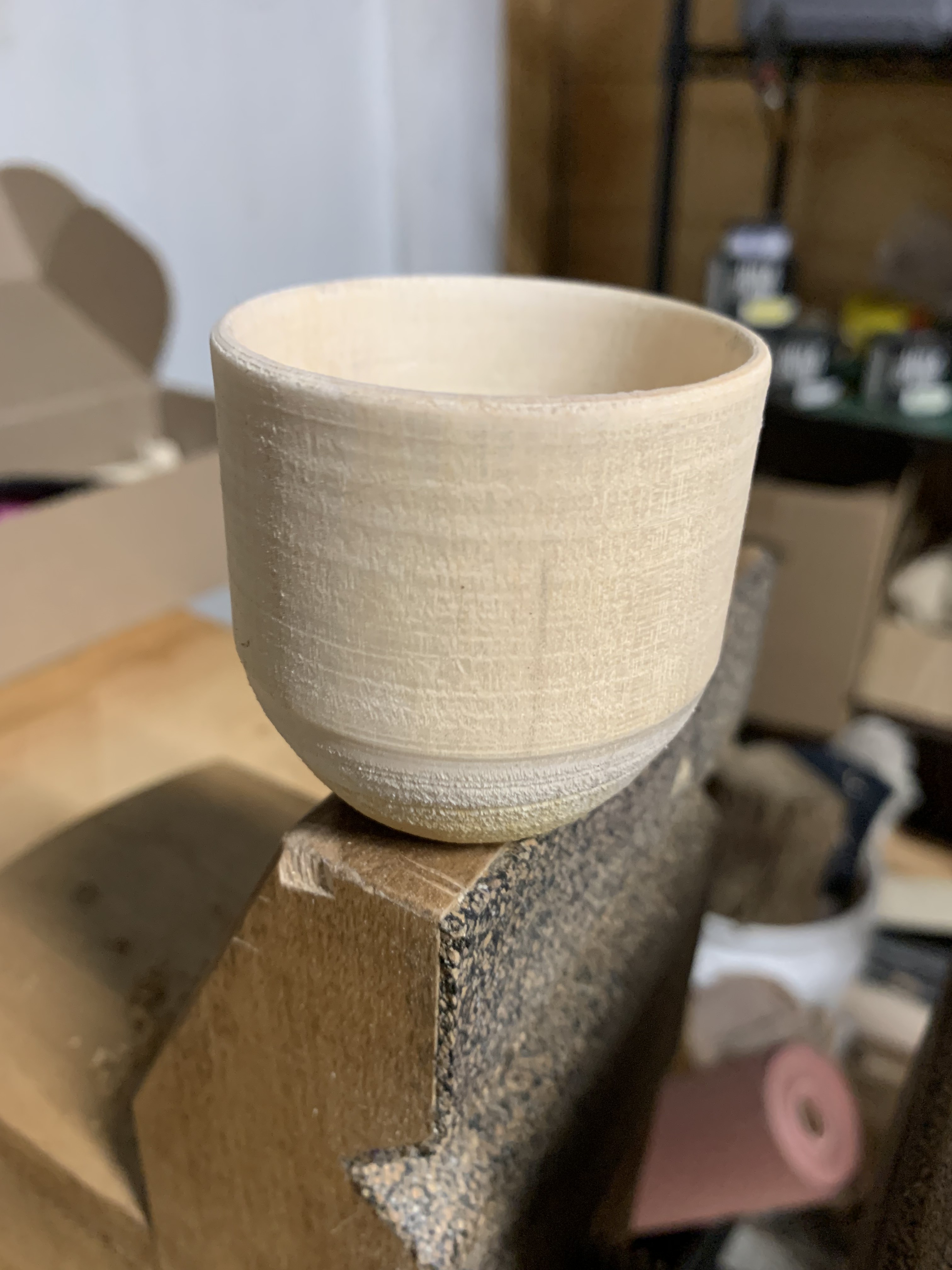
Doing this is helpful at whatever stage of learning you are in. I tried a few end grain cups for the first time a few weeks ago. Turning cups in end grain orientation uses different methods than bowls (including spinning the lathe in reverse!). I cut one of these in half. Unlike the bowl above, I like the inside curve of this little cup—I would make adjustments to the exterior shape.
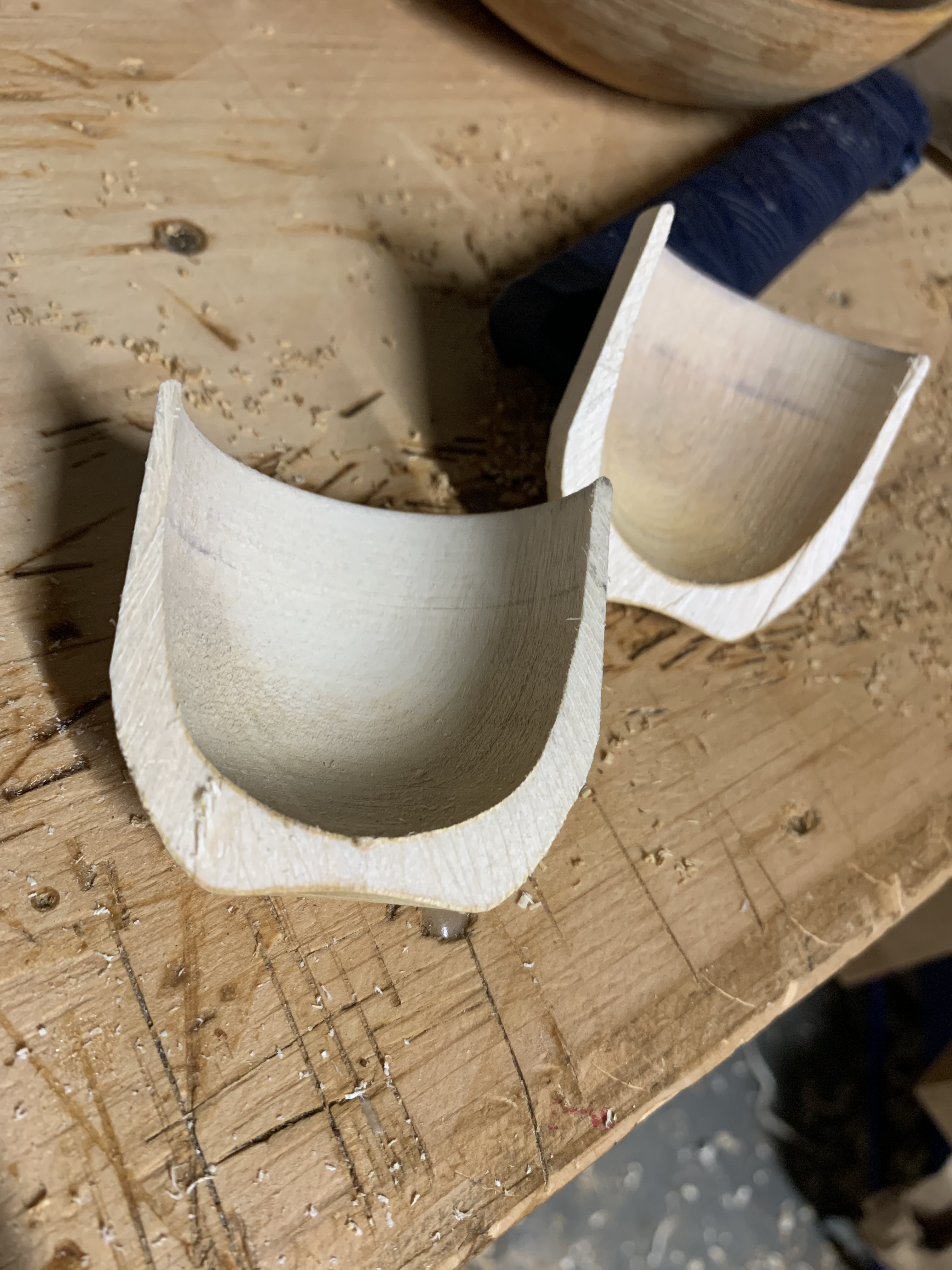
Learning and analyzing work in this way when you are new at a technique can be quite eye-opening and really beneficial. It might seem like a waste, but I’ve realized that to improve at anything it helps to see the situation from all angles, and in bowl turning that means literally inside out!
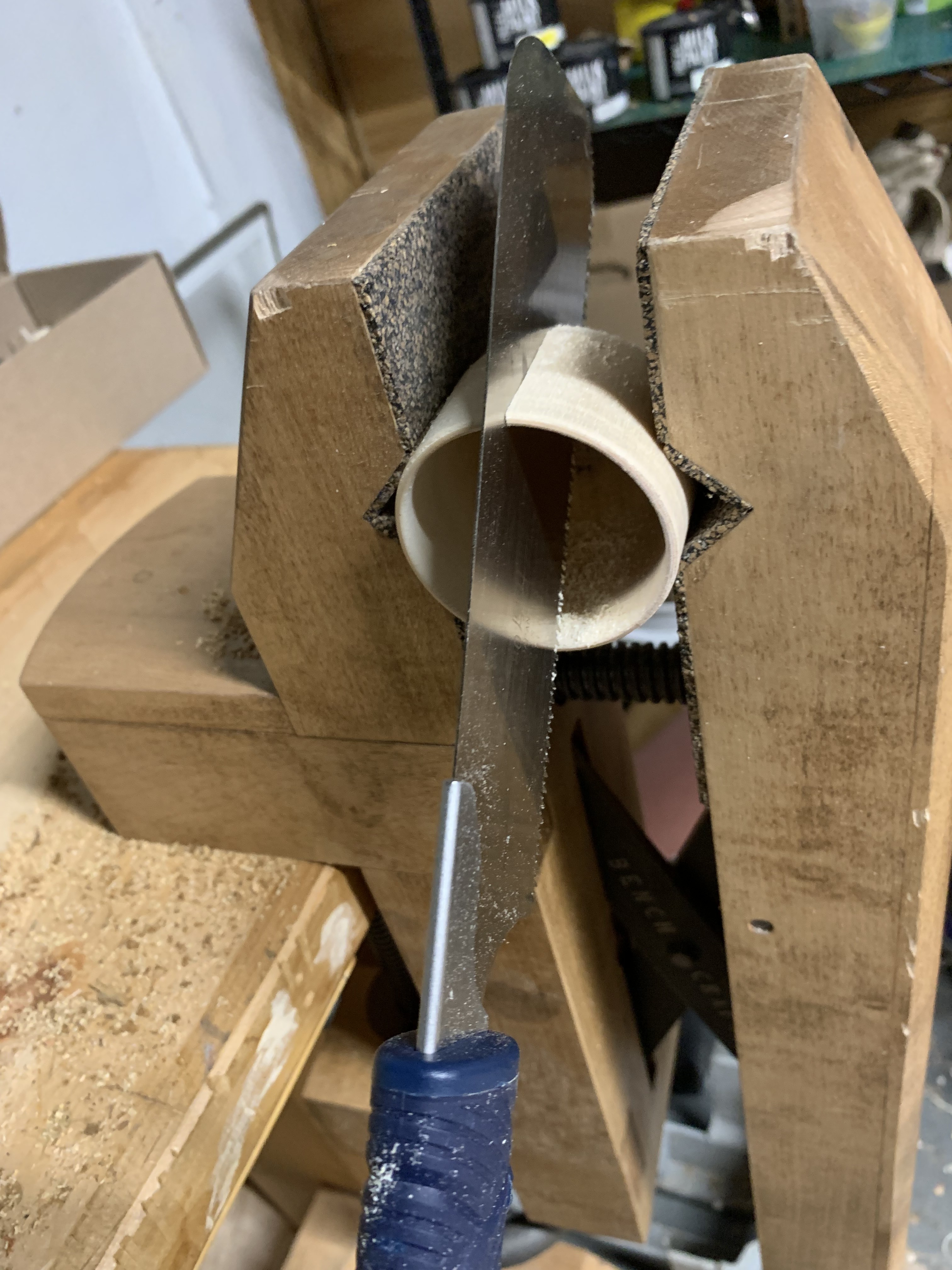
Later this winter, I am planning to turn the same bowl shape for a week and cut them all in half to monitor my skills, dial in a nice form, and see what I learn. Stay tuned!!